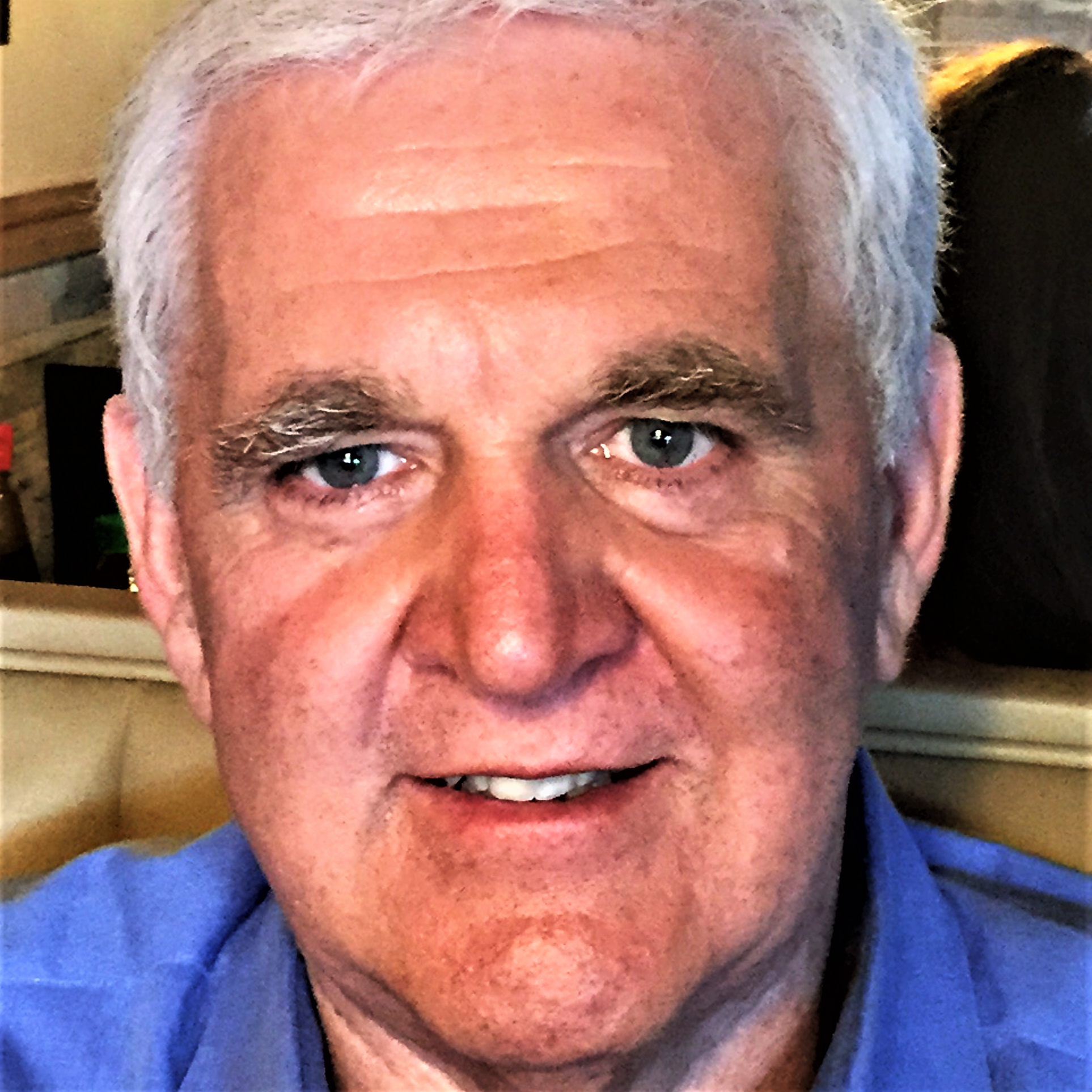Subsea cables that come ashore in Virginia Beach connecting continents, countries, and cities
Speakers (from left to right):
Gerardo Bonilla is head of sales in North America for Telxius, a global telecommunications infrastructure company that developed subsea cables landings in Virginia Beach. He’s an industry veteran with more than 25 years of experience in sales management and business development positions with Sprint International/Global One, Teleglobe/Tata and Level 3/Lumen. He has worked with the Telefonica Group/Telxius since June 2010.
Greg Twitt is the founder and CEO of Globalinx Data Centers, which is a subsea carrier-neutral colocation data center in the Corporate Landing Business Park in Virginia Beach. He developed the cable landing infrastructure and data center projects in Virginia Beach and Myrtle Beach, S.C. In 1991, he became president of the Otto Gerdau Co. overseeing the management of trading exchange companies and New York real estate investments. More recently, along with his telecommunications interests, his development companies are involved in residential apartment complexes and office buildings in New York City and in Virginia.
Virginia Beach has become a digital port - connecting three continents and more in the future with subsea cables.
Three subsea cables coming ashore in Virginia Beach connecting continents, countries, and cities was the focus of a recent Virtual Innovation Spotlight webinar presented by RVA757 Connects.
These cables, connecting the United States to Spain, France, Puerto Rico, and Brazil, are among the most modern, highest capacity routes in the world.
Another cable is currently under development that will be the first and only one to directly connect the United States with South Africa. Additionally, Virginia Beach has permits for four more subsea cable conduits. This includes the Confluence cable coming from New Jersey and connecting to Virginia Beach, Myrtle Beach, S.C., Jacksonville, Fla., and Miami.
Beyond the five subsea cables that currently are planned, more could be coming ashore in the Virginia Beach area in the coming years, the webinar’s speakers said.
The speakers for the Nov. 1 program were Gerardo Bonilla, head of sales in North America for Telxius, the global telecommunications infrastructure company that developed subsea cables landings in Virginia Beach, and Greg Twitt, founder and CEO of Globalinx Data Centers, which is a subsea carrier-neutral colocation data center in the Corporate Landing Business Park in Virginia Beach.
Twitt predicted three or four more subsea cables could land in Virginia Beach in the next six or seven years. “These are all long-term plays. They take a time in the making,” Twitt told those attending the hour-long webinar.
As the physical infrastructure expands, Virginia Beach becomes more attractive to users, Bonilla said.
“I think the groundwork is being laid. There is good development of the ecosystem in the area and lots of projects are in the planning phase. I hope to see a lot more cables coming into Virginia Beach,” Bonilla said. “I think it is very important for the infrastructure to continue to develop. Having an increased number of providers and more competition in the local ecosystem further reduces costs and allows these services to be available to a wider base of people.”
Before 2018, all of the subsea cables on the Eastern seaboard landed either in New Jersey/New York or Miami. But that changed after destruction caused to the New York coastline by Hurricane Sandy in 2012, prompting the development of a third East Coast landing site in Virginia Beach.
Beyond the need for geographic diversity, Virginia Beach also was chosen for the third landing point on the East Coast because of its proximity to Loudoun County, which hosts the largest concentration of data centers in the world and is often dubbed "Data Center Alley."
These cables landing in Virginia Beach provide the most direct and lowest latency routes to Loudoun. Those were key considerations,” Bonilla said.


